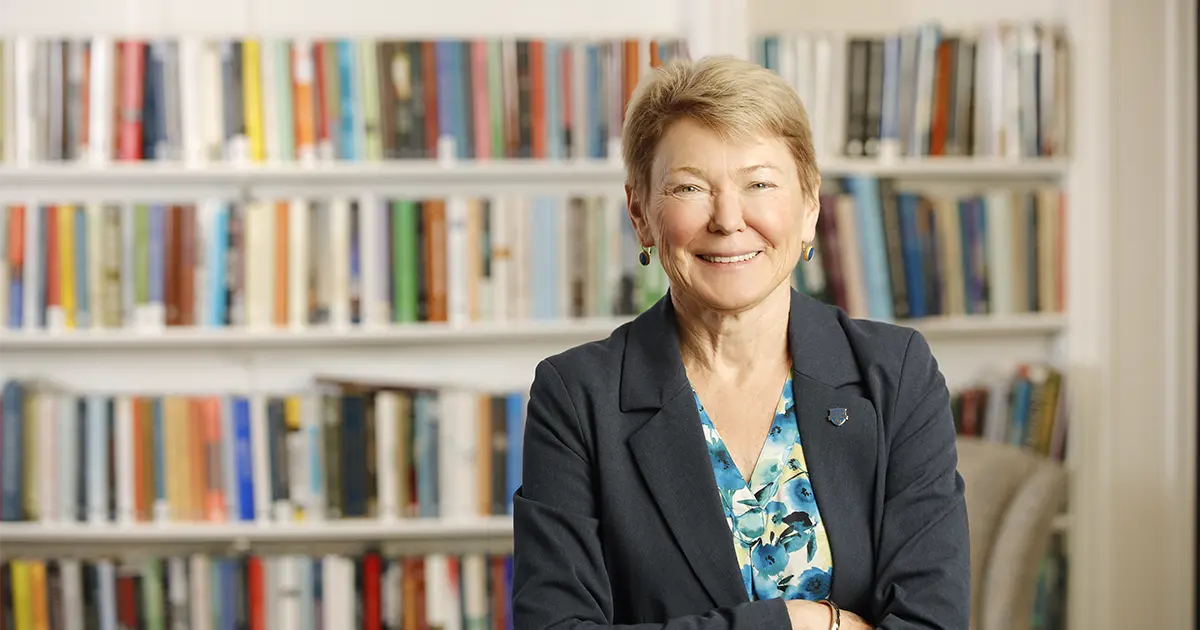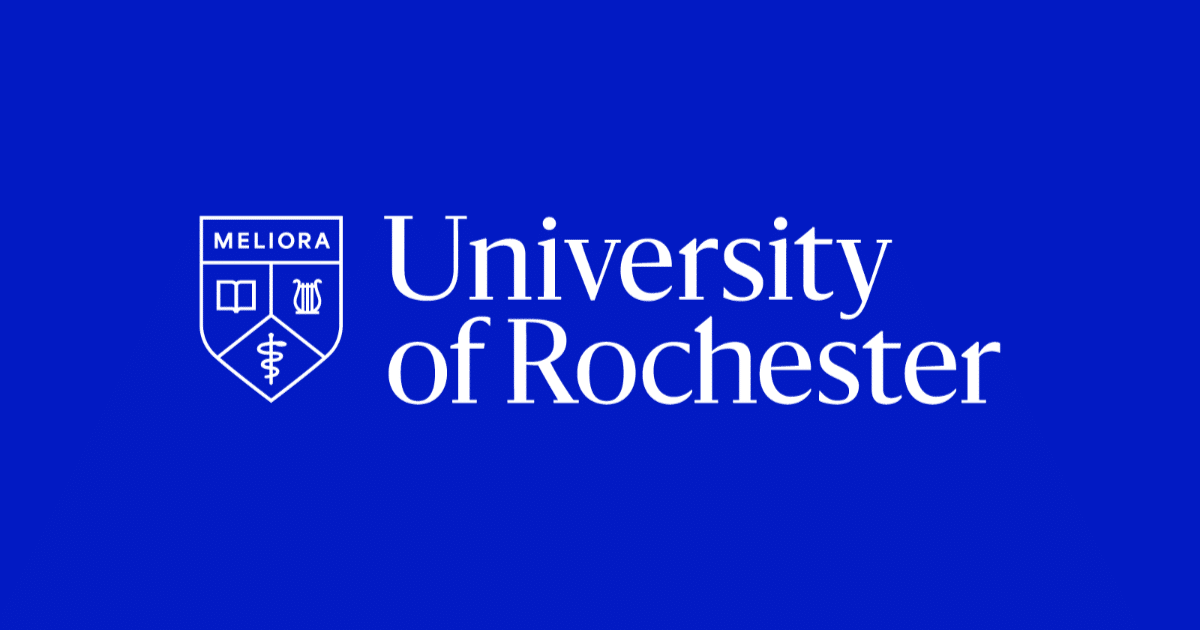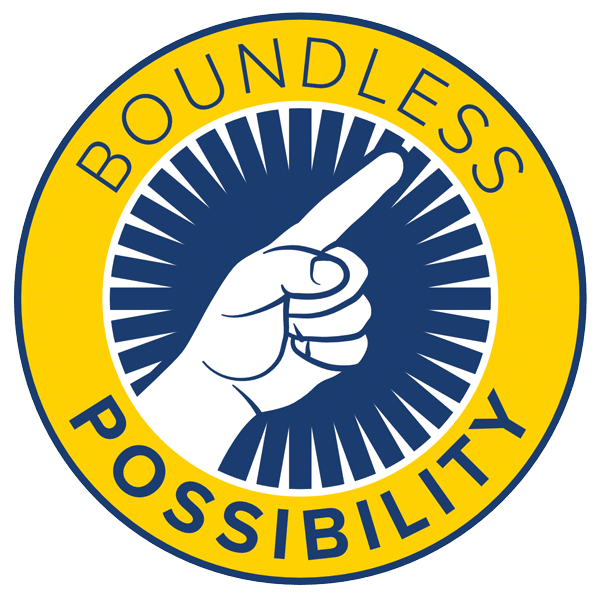The goal:
Research excellence and global reputation.
Increase our reputation as a leading global research institution by investing in innovation and growth in our areas of distinction.
Overview
We will better leverage existing and new industry partnerships as well as our intellectual capital to scale the impact of our research while also seizing upon funding sources from federal and state agencies, the private sector, and foundations to support our efforts. We are committed to building and reinvigorating our research ecosystem as we extend our historical strengths into exciting new areas where we are in a position to lead.
Achievements of this goal
- Create conditions that promote research addressing current and emerging issues that will affect society as well as the ability to recruit and retain extraordinary scholars who engage in this pursuit.
- Create at least five new transdisciplinary centers.
- Add at least 50 new faculty lines across the School of Arts & Sciences, Hajim School of Engineering & Applied Sciences, and Eastman School of Music, with additional new lines created in line with academic program and research growth in the Simon Business School, School of Medicine and Dentistry, School of Nursing, and Warner School of Education and Human Development.
- Add a minimum of 300,000 new square feet of research and teaching space to River and Eastman campuses; 700,000 new square feet of clinical, teaching, and research space on the Medical Campus.
- Enable an organizational structure that encourages and removes friction and barriers to transdisciplinary collaboration and interaction while being agile and responsive to emerging opportunities and simultaneously ensuring that the disciplines remain strong.
- Define and support our doctoral graduate programs that are poised to contribute to the next generation of scholars, scientists, and creative leaders.
Objectives and progress
Our objectives and tactics lay out the steps we’re taking to drive progress. Each year, we will review our approach and launch new initiatives to ensure we respond to changing conditions and take advantage of new opportunities. Our core beliefs influence each tactic.
The tactics below are abbreviated. If you have any questions, want to collaborate on tactics, or have feedback, please contact us.
Objective
Grow, retain, and develop faculty in areas of distinction that will serve as the foundation for building our research eminence and reputation
As we endeavor to scale the impact of our research enterprise, we will need additional scholars to join our exceptional academic community. Through strategic cluster hires, we will identify both leading scholars and emerging scholars to direct and support these efforts. In doing so, we will add to our faculty ranks across our areas of distinction and implement support programming to develop all faculty to be exceptional leaders in these fields.
Leaders
- Nicole Sampson, Provost and Chief Academic Officer
Tactics and progress
Objective
Launch nimble, transdisciplinary centers for scholarly domains where we can be most consequential
Many of the most exciting breakthroughs in knowledge occur at the intersections of scholarly disciplines—both when people from disparate disciplines directly collaborate and even more so when scholars steeped in one discipline apply lessons from other disciplines to reshape their own fields or establish brand-new fields. Part of our hiring strategy will focus on faculty who strengthen the core areas of disciplinary strength in the areas of distinction and those who are committed to pushing the boundaries of their disciplines. We have demonstrated success in establishing transdisciplinary centers that examine and translate research for the greater good of our society and communities, including the Humanities Center, the Clinical and Translational Science Institute, and the Goergen Institute for Data Science and Artificial Intelligence. The University of Rochester has a long and storied history of being at the forefront of the invention—and reinvention—of fields, from positive social science to optics to the biopsychosocial model of medicine. Establishing new mechanisms for colleagues across disciplines to more easily collaborate and learn from one another will allow us to build upon and accelerate this tradition.
We will establish at least five new centers, funded in five-year, renewable increments, based upon the very best ideas of the faculty using a competitive process. Funding will be renewed for centers that show the greatest promise in terms of scholarly eminence, new faculty development, learning across disciplines, and, when appropriate, success in grant funding and associated graduate programs.
Leaders
- Nicole Sampson, Provost and Chief Academic Officer
- Stephen Dewhurst, Vice President for Research and Chief Research Officer
Tactics and progress
Objective
Improve research facilities and operations to make research easier to conduct and more effective
As the University prepares to launch new transdisciplinary research programming and initiatives aimed to increase research productivity, we will need to ensure that we have the appropriate infrastructure, operations, and resources to support our ambitious goals and objectives. This will include investing in new research facilities, new operational capabilities, and responsive, efficient policy and administration to ensure pre- and post-award activities that enable and incentivize research productivity. It will also require resourcing a Vice President of Research office that drives strategic engagement, resource allocation, and collaboration across the University.
Leaders
- Stephen Dewhurst, Vice President for Research and Chief Research Officer
- Nicole Sampson, Provost and Chief Academic Officer
Tactics and progress
Objective
Support and strengthen doctoral programs emerging from our areas of distinction.
Graduate education has long been critical to our research and academic enterprises at the University of Rochester. Specifically, doctoral study and scholarship is essential to the near-term and long-term growth of our research enterprise and mission to make the world ever better through the work of our graduates. Investing in graduate programs, both within disciplines and across disciplines, will support research growth by allowing our faculty to work at greater scale and with improved quality, and strong doctoral programs will further enhance our rich history of developing the careers of the next generation of scholars, scientists, creative leaders, and industry leaders. By investing in these programs, they will also create important pathways to broaden the range of perspectives on our campus today while cultivating future faculty and industry pipelines. We will seek to cultivate a rich, inclusive culture of scholarship across our campus.
Leaders
- Nicole Sampson, Provost and Chief Academic Officer
- Stephen Dewhurst, Vice President for Research and Chief Research Officer
- Rick Libby, Interim Vice Provost and University Dean of Graduate Education
Tactics and progress
Measures of success
Definitions of measures of success will be coordinated across the University to create consistency and increase transparency.
- External grants supporting research
- Publications, inventions and discipline-specific scholarly works
- Honorific awards (external to the University)
- National/International metrics and rankings
Commitment to Nondiscrimination
In compliance with federal and state requirements, the University does not discriminate—either negatively, such as by denying opportunity, or positively, by providing preferences or benefits—based on sex, race, color, national origin, religion, or any other characteristic protected by applicable law (collectively, “protected characteristics”). The strategies, goals, and metrics in this strategic plan will never be used to unlawfully disadvantage or provide a benefit to any current or prospective faculty, staff, student, patient, or community member based on protected characteristics. No member of the University will be rewarded or penalized based on metrics influenced by protected characteristics. All persons are welcome, regardless of their own protected characteristics or those of their family members.






